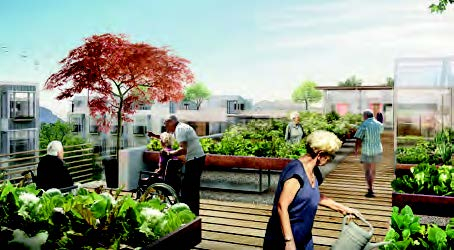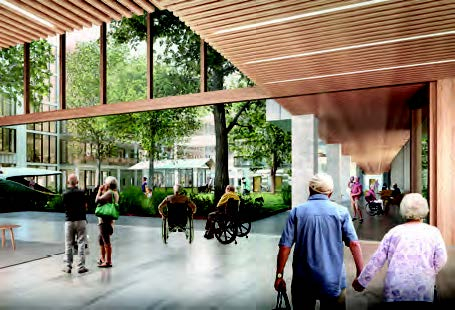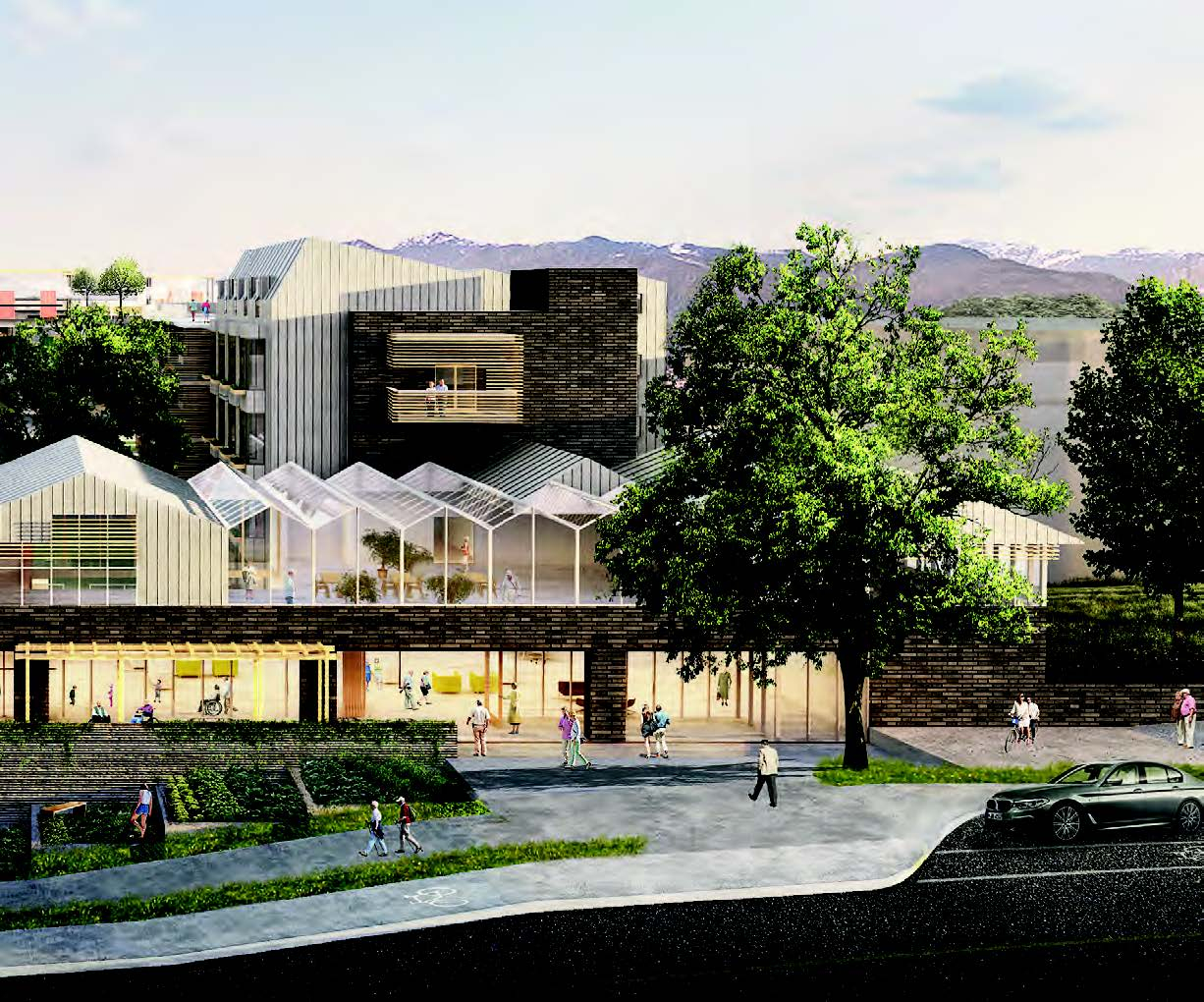
Jonathan Wilson, principal and healthcare sector lead at architectural practice, Stantec, explains how progressive residential care models can create living environments that promote independence and social interaction.
Designing in autonomy
If we start to put elderly people’s needs as individuals first and address their physical and cognitive challenges as secondary issues, we can design care homes as places to thrive in our advanced years, rather than accepting inevitable decline.
They should be places that allow not only freedom of movement within the resident’s private space, but also within the whole development, and ideally within a wider, elder-friendly and dementia-friendly community.
Case study - Providence Health Care
This major project in Vancouver accommodates 320 residents with dementia in houses of up 10 people.
Each resident has his or her own studio apartment within the communal house, but the entrance hallway to each property incorporates a kitchenette with cabinets for their personal plates and cups, enabling them to prepare a light meal or host guests.
Down the hall is the communal household with a living/dining area and kitchen, which enables residents to engage with the day-to-day routine of preparing, cooking, eating and clearing up.
This restores one of the central activities of ‘normal life’ and is much more life-affirming than being served up food that has been prepared anonymously and out of sight.



Core design principles
Pioneering multi-generational interaction
Care home residents sadly cease to be part of a diverse community of mixed generations. Opportunities for multi-generational interaction can be rewarding for all parties. And numerous projects have pioneered this idea.
Stantec uses ‘space syntax’ analysis to configure personal, communal and circulation spaces in a way that is naturally interactive. With this approach, interaction and active choice become natural consequences of the building’ layout.
Where there is potential to extend this interaction to the wider community and a more-diverse age demographic, these spatial principles can be extended to embrace the existing veins of movement within the local area.
‘Taking the bubble wrap off residents’
This natural surveillance approach can be complemented with technology.
For example, a Stantec client in Vancouver is currently testing a wristband-based technology that signals the care home if a resident goes beyond a GPS ‘virtual fence’, which can be set around parameters relevant to the individual resident.
A model project
While UK care home operators do not currently build on the scale of this Vancouver project, there is much to learn from such progressive, compassionate, and person-centred care homes.
Our recent designs help providers move away from a medical model. They highlight the quality of life benefits of larger-scale care homes that are designed to enable greater autonomy, mobility and intergenerational integration.